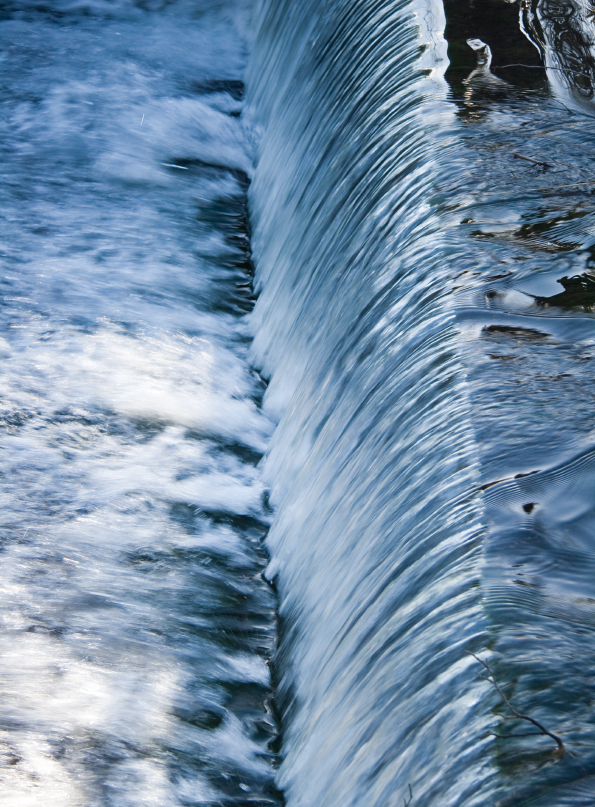[The Vector] Looking at Hydrokinetics: American Hydropower
![[The Vector] Looking at Hydrokinetics: American Hydropower](https://www.2greenenergy.com/wp-content/uploads/2011/04/hydropower-istock.jpg)

The Departments of Energy (DOE) and the Interior announced this month, in April 2011, that $26.6 million in funding to advance hydropower technology has been designated. The studies will focus on innovative and efficient systems that reduce costs and increase renewable power generation at sites not previously considered. This fits in with finding solutions for the aggressive plan to meet 80% of U.S. energy by 2035.
The funding will break down as $10.5M for sustainable small hydropower work; $2.25M for environmental mitigation technology; $11.8M for sustainable pumped storage hydropower; and $2M for testing at a Bureau of Reclamation Facility. The Bureau of Reclamation is the largest wholesale water supplier and the second largest producer of hydropower in the U.S. It operates 58 power plants in 17 western states and produces an average of 40 B kilowatt-hours per year. This equates to supplying energy to about 9 million people, says the DOE.
In March of this year, the Department of Interior released a study that shows the department could generate more than one million megawatt hours of electricity annually and create jobs – by adding hydropower at 70 of its existing facilities.
The report, “Hydropower Resource Assessment at Existing Reclamation Facilities,” was undertaken as part of the Obama administration goals of meeting 80% of our energy needs with clean sources by 2035.
“Adding hydropower capability at existing reclamation facilities is a cost-effective and environmentally sustainable way to build our clean energy economy,” said the Assistant Secretary for Water and Science, Anne Castle. (Hydroworld. March 31, 2011.) Many of the sites could be developed under a “Lease of Power Privilege Agreement,” through a non-federal entity given up to 40 years to use the site and produce electricity.
Another item of note in U.S. hydropower world
The first U.S. project, in New Mexico, completed with federal stimulus has now begun operations. This is a milestone, says U.S. Energy Secretary Steven Chu. The Abiquiu hydropower project will increase local energy production from renewable sources by 22%. This equates to 1,100 homes in the area having energy met through the project, says Chu. “Hydropower projects at both new and existing facilities will play an important role in meeting President Obama’s bold but ambitious goal of generating 80% of America’s electricity from clean energy sources by 2035,” said Chu. (UPI, Press release; April 24, 2011.)
Hydro Energy Potential in the U.S.
Back in 2009, the National Hydropower Association (NHA) commissioned Navigant Consulting to conduct a study on the potential of the American hydropower industry’s job-creation and growth.
Navigant’s assessment confirmed what Energy Secretary Stephen Chu described as an “incredible opportunity” to develop America’s “lowest-cost energy option.”
The report reveals that hydropower can create 1.4 million cumulative jobs and add 60,000 megawatts of affordable, domestic, renewable energy by 2025. The study considered two scenarios: a) business as usual, where national policies mandate 10 percent renewable electricity, and b) an accelerated case, where a 25 percent renewable electricity requirement is in place.
NHA said that both scenarios assume that existing federal and state incentives for renewable energy development, such as tax incentives and state RES programs, remain in place. In both scenarios, Navigant says, the U.S. hydropower industry has the potential to create hundreds of thousands of new jobs. This includes many types of hydro tech, including conventional, pumped storage, hydrokinetic, river run, micro-units and the upcoming ocean energy.
